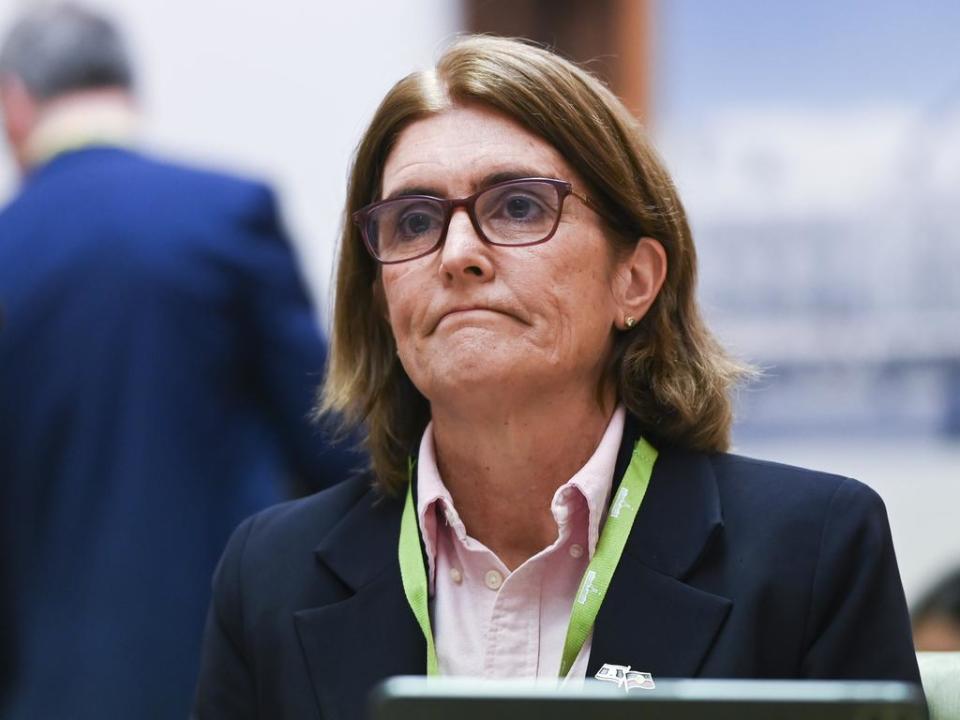City where rent will jump 9.5 per cent

Rental prices are tipped to continue to increase across Australia throughout next year, according to a panel of economic experts.
The steepest increase is forecast for Perth, where rents are expected to climb by an average of 9.5 per cent, according to comparison website Finder.
It means the average minimum household income required to afford renting a house in Perth will be just over $108,000 or almost $95,000 for a unit.
Hobart is tipped to experience the smallest increase, with an average rise of three per cent.
It means the average minimum household income needed to rent a house will be $98,000 or $84,000 for a unit.
Finder’s head of consumer research Graham Cooke said Australians with a mortgage were not the only ones strapped for cash.
“Finder’s Consumer Sentiment Tracker shows 42 per cent of renters are currently struggling to pay their rent, which is higher than the 37 per cent of mortgage holders in the same position,” he said.
“Much of the conversation around rate rises focuses on homeowners, but it’s actually renters who are proportionally feeling the impact more, as they deal with flow-on rent increases.
“Further rent increases won’t be welcome news for those struggling.”

Mark Crosby, from Monash University, said limited housing supply was a major issue.
“Lack of supply is likely to continue to impact the rental market, especially as migration continues to put pressure on this market,” he said.
Leanne Pilkington, from Laing+Simmons, agreed and said the rental market in Sydney, for example, was grossly undersupplied.
“There’s little to encourage more investment in residential property and many landlords are selling – removing long-term rental stock from the market,” she said.
“This will exacerbate the supply-demand imbalance and ensure upward rental pressure.”
On Tuesday, the Reserve Bank of Australia held the cash rate at 4.35 per cent at its final meeting of the year.
Mr Cooke said the soaring cost of living had “wreaked havoc” on many families this year.
“Everything from housing to groceries, petrol and energy costs more, and economic conditions are some of the worst in decades,” he said.
“While we expect the RBA could start cutting the cash rate late next year, we could see at least one more hike before that happens.”
People with a $600,000 mortgage are now paying about $1349 more per month than they were before the RBA started lifting the cash rate in May last year. That is an extra $16,000 over a year.

FORECASTED RENTAL PRICE INCREASES:
Perth increase of 9.5 per cent — Average income of $108,231 needed for a house and $94,939 for a unit;
Melbourne increase of 6.8 per cent — Average income of $92,548 needed for a house and $88,846 for a unit;
Sydney increase of 6.5 per cent — Average income of $127,339 needed for a house and $114,420 for a unit;
Brisbane increase of 6.5 per cent — Average income of $106,183 needed for a house and $92,333 for a unit;
Darwin increase of 5.5 per cent — Average income of $117,035 needed for a house and $95,091 for a unit;
Adelaide increase of five per cent — Average income of $94,640 needed for a house and $80,990 for a unit; and
Hobart increase of three per cent — Average income of $98,193 needed for a house and $83,911 for a unit.


